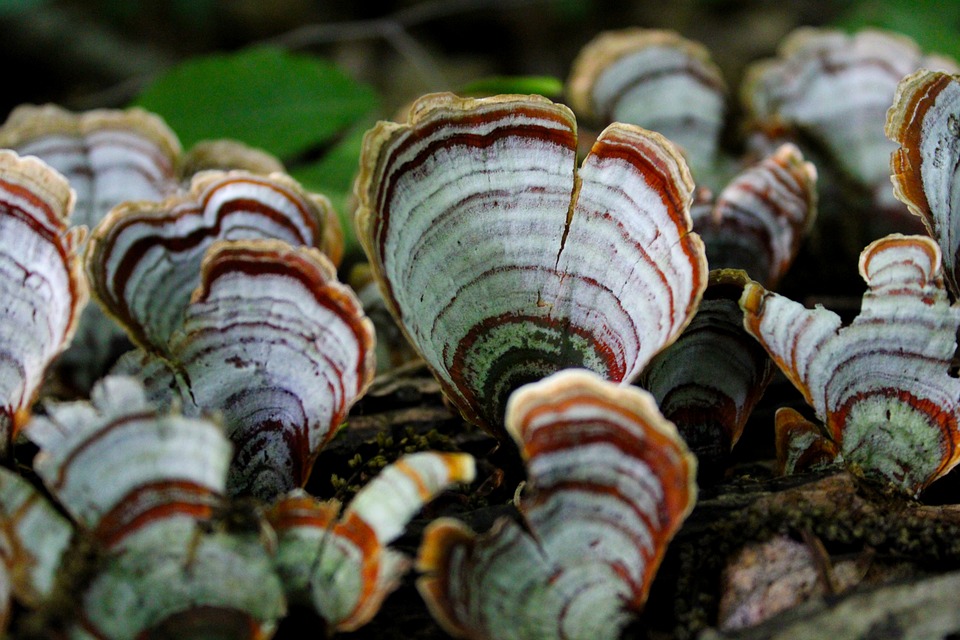Turkey Tail mushrooms, scientifically known as Trametes versicolor, are recognized for their potential health benefits as a complementary therapy, particularly for immunity and cancer support. These mushrooms contain a range of bioactive compounds, including polysaccharides like beta-glucans, which have garnered attention for their potential immune-boosting and cancer-fighting properties.
Turkey Tail mushrooms are often used to support the immune system. The beta-glucans and other compounds in Turkey Tail are believed to enhance the body’s defense mechanisms, making it a valuable ally in maintaining overall health.
In addition to its immune-boosting properties, Turkey Tail mushrooms have been studied for their potential in cancer support. While not a standalone treatment for cancer, Turkey Tail is considered a complementary therapy that may help enhance the effects of conventional treatments and support overall well-being during cancer therapy.
Incorporating Turkey Tail into your diet or taking it as a supplement can be a beneficial choice to strengthen your immune system and complement other therapies. It’s essential to consult with a healthcare professional before using Turkey Tail as part of a cancer treatment regimen or any specific health concerns.
Turkey Tail mushrooms, scientifically known as Trametes versicolor, are commonly found growing on dead or decaying hardwood trees and logs in the wild. Here’s a simplified explanation of how Turkey Tail mushrooms grow in their natural habitat:
- Wood Colonization: Turkey Tail mycelium, the vegetative part of the fungus, colonizes the dead or decaying wood of hardwood trees, particularly oak and maple. The mycelium consists of thread-like structures that break down the wood’s cellulose and feed on the decaying organic matter.
- Fruiting Body Formation: When environmental conditions are favorable, such as adequate moisture, temperature, and humidity, Turkey Tail mushrooms form their fruiting bodies. These fruiting bodies appear as small, colorful shelf-like structures with concentric rings, resembling the fanned tail of a turkey. They grow on the surface of the wood.
- Spore Dispersal: Once the fruiting bodies mature, they release spores from their pores into the surrounding environment. These spores can be carried by the wind to potentially colonize other suitable dead wood nearby, continuing the mushroom’s life cycle.
Turkey Tail mushrooms play a role in the decomposition of dead wood, recycling nutrients in the forest, and contributing to the health of the ecosystem. Their vibrant colors and distinctive appearance have made them a subject of interest in both the natural world and the field of medicinal mycology.

